Heat-related illness occurs when the body’s natural temperature controls become overloaded. Climate change and our built environment both contribute to extreme heat.
The urban areas of California such as Los Angeles, San Diego, and the San Francisco Bay Area, have the largest absolute numbers of people vulnerable to heat such as children and the elderly.
Yet, other areas of the state that are further from major urban centers, especially counties with lower socioeconomic status, have high proportions of populations of elderly people who are socially isolated or living in nursing homes.
Recent and future changes in locations where there are higher average temperatures and where heat waves are most strongly expressed may change geographic risk in California.
The change in risk is due to lack of historic experience with higher temperatures and limited physiologic acclimatization of the residents, and overall adaptive capacity of the community.
Heat-Related Illness Across California
Tracking California provides data on heat-related illness emergency department visits and hospitalizations rates for counties across the state.
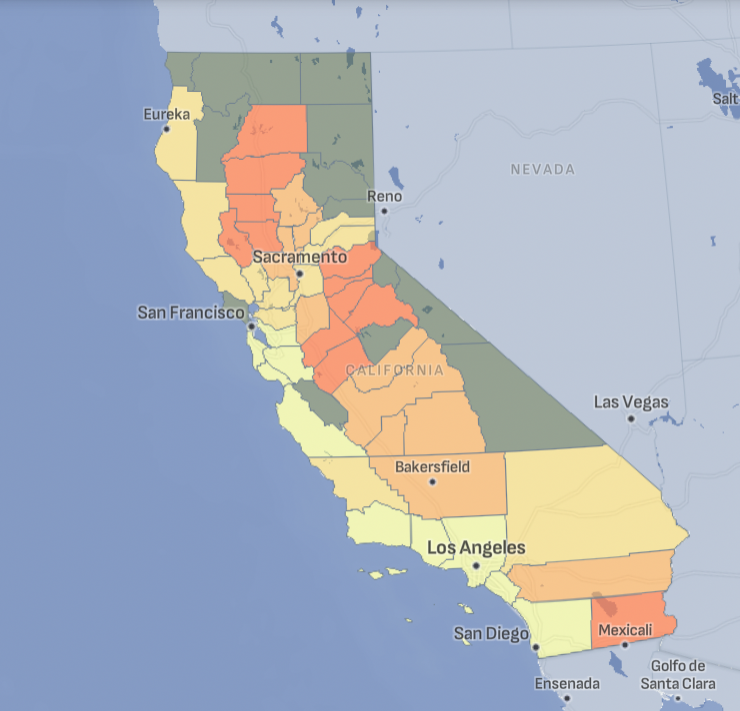
Heat-Related Illness and Human Health
Heat-related illness is a broad spectrum disease that ranges from mild heat cramps to life-threatening heat stroke.
Heat Stress
Any individual - regardless of age, sex, or health status - can develop heat stress if engaged in intense physical activity and/or exposed to environmental heat. The body aims to maintain core temperature of 37C (98.6 F). When the core temperature rises, the body's response is to sweat and to increase circulation of blood to the skin's surface to increase cooling. When a body's capacity to cool isn't enough to combat heat exposure, a range of heat-related symptoms and conditions can occur.
Heat Exhaustion
Heat exhaustion the consequence of extreme depletion of blood plasma volume. Symptoms include mild disorientation, weakness, nausea, vomiting, headache, rapid heartbeats, and hypotension. Because of these symptoms, it can often be misdiagnosed as acute viral illness. An individual with these symptoms should be moved to a cool environment, provided salted fluids (e.g. some sports drinks), and cooled. An individual can be cooled by loosening clothing, fanning while misting or wiping down with cool water, or placing ice packs on their extremities alternating with massaging of the extremities. If untreated, heat exhaustion could progress to heat stroke, the most serious form of heat-related illness.
Heat Stroke
Heat stroke is an extreme medical emergency. If untreated, it can result in death or permanent neurological damage. Heat stroke occurs when a person's core body temperature rises about 104F (40C). The first signs of heat stroke include headache, dizziness, and weakness, which can be followed by confusion or euphoria and a sudden loss of consciousness. A person suffering heat stroke may have hallucinations, be combative, or become comatose. Unconscious patients may suffer seizures. An individual suffering from heat stroke should receive medical attention immediately. The individual should be cooled as quickly as possible to bring his core body temperature to 102F (39C) or below. Blood volume and electrolytes should also be replaced.
Heat-Related Illness and the Environment
California appears to be slowly warming. Temperatures are increasing most rapidly in Southern California and in urban areas. Minimum temperatures at night have been increasing at a higher rate than daytime temperature increases. This results in fewer opportunities for the body to cool overnight during heat waves.
"Heat islands" play a large role in the elevated nighttime temperatures. Heat islands are geographic areas that are warmer than surrounding areas. They form as cities replace natural land cover. Pavement, buildings, and other infrastructure retain heat more than natural surfaces.
The number and duration of extreme heat events are expected to increase. This will lead to increases in heat-related illnesses and deaths if precautionary measures are not put in place.
Who is Vulnerable to Heat-Related Illness?
Individuals who are at highest risk for developing heat-related illness include:
- Elderly
- Children
- Participants in athletic events
- Outdoor workers
- Medically compromised and socially isolated
California counties have varying and unique indicators of risk, including high proportions of elderly, socially isolated populations, children, outdoor workers, the poor, the chronically ill, and the medically under served. County and local health officials are urged to identify vulnerable communities within their jurisdiction. Simple methods can be used such as targeting all ZIP codes where more than 20% of the residents live under the U.S. poverty level, for example.
Among the factors that influence residents' ability to deal with higher temperatures are characteristics of the built environment, such as the amount of impervious surfaces (e.g., paved areas, sparse tree cover), housing types, presence of air conditioning which can influence the ability to cool off at night, and the level of community preparedness (e.g., heat emergency contingency plans, availability of cooling centers, and transportation to cooling centers).
Heat-Related Illness Projects
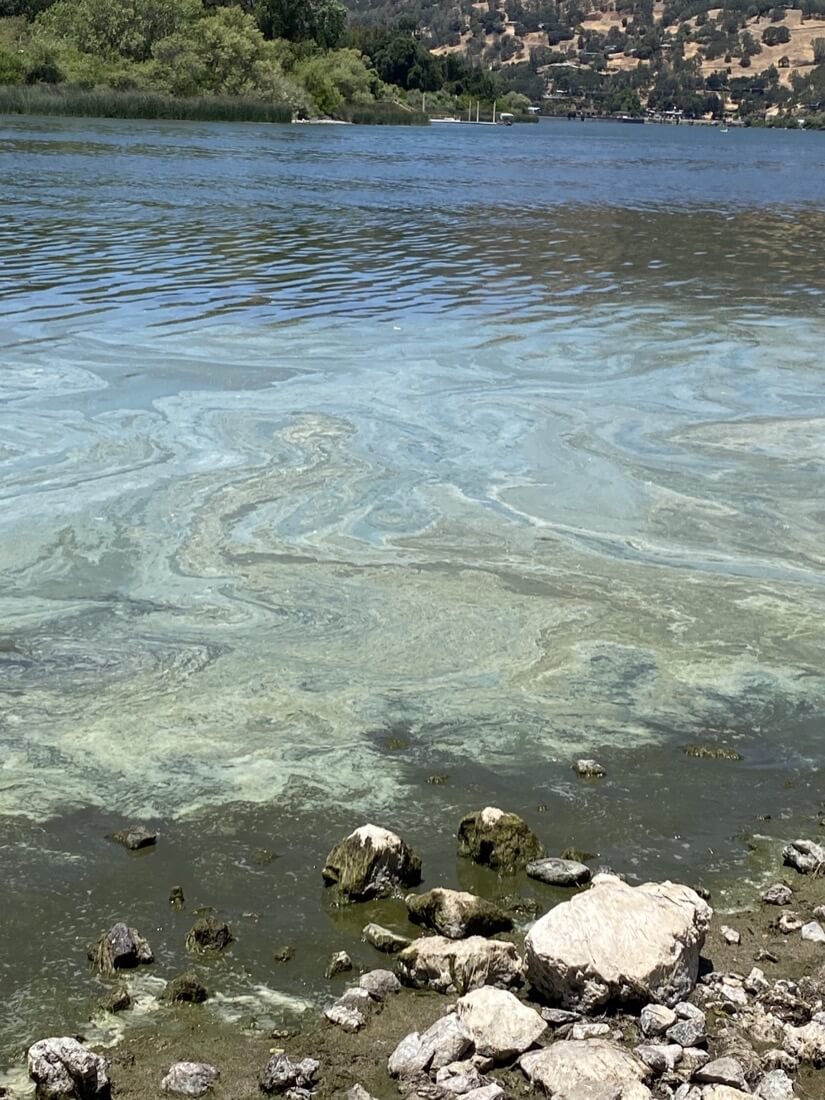
Charm Lake County
This project aims to develop an action plan for emergency response to heat waves and HABs with Tribal and local partners in Lake County.
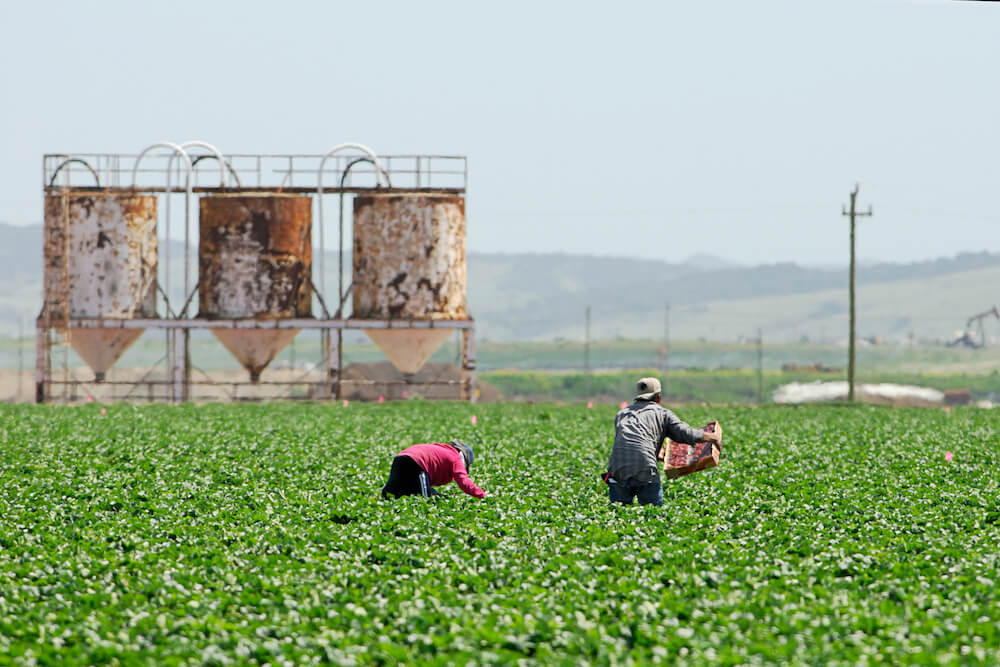
Achieving Resilient Communities (ARC)
Communities in California are facing overlapping climate threats from wildfires, heat, drought, harmful algal blooms, and flooding. This project aims to partner with communities throughout California to help them develop their own path to greater resilience.
Heat-Related Illness Publications
Household accessibility to heat refuges: Residential air conditioning, public cooled space, and walkability [2017] Andrew Fraser, Mikhail Chester, David Eisenman, David Hondula, Stephanie S. Pincetl, Paul English, Emily Bondank
Heat Death Associations with the Built Environment, Social Vulnerability and their Interactions with Rising Temperature [2016] David P. Eisenman, Holly Wilhalme, Chi-HongTseng, Mikhail Chester, Paul English, Stephanie Pincetl, AndrewFraser, Sitaram Vangalaa, Satvinder K. Dhaliwala
Evaluation of a Heat Vulnerability Index on Abnormally Hot Days: an Environmental Public Health Tracking study [2012] Colleen E. Reid, Jennifer K. Mann, Ruth Alfasso, Paul B. English, Galatea C. King, Rebecca A. Lincoln, Helene G. Margolis, Dan J. Rubado, Joseph E. Sabato, Nancy L. West, Brian Woods, Kathleen M. Navarro, John R. Balmes
A simple method for estimating excess mortality due to heat waves, as applied to the 2006 California heat wave [2010] Sumi Hoshiko, Paul English, Daniel Smith, Roger Trent
Environmental Health Indicators of Climate Change for the United States: Findings from the State Environmental Health Indicator Collaborative [2009] Paul B. English, Amber H. Sinclair, Zev Ross, Henry Anderson, Vicki Boothe, Christine Davis, Kristie Ebi, Betsy Kagey, Kristen Malecki, Rebecca Shultz, Erin Simms
Other Heat-Related Illness Resources
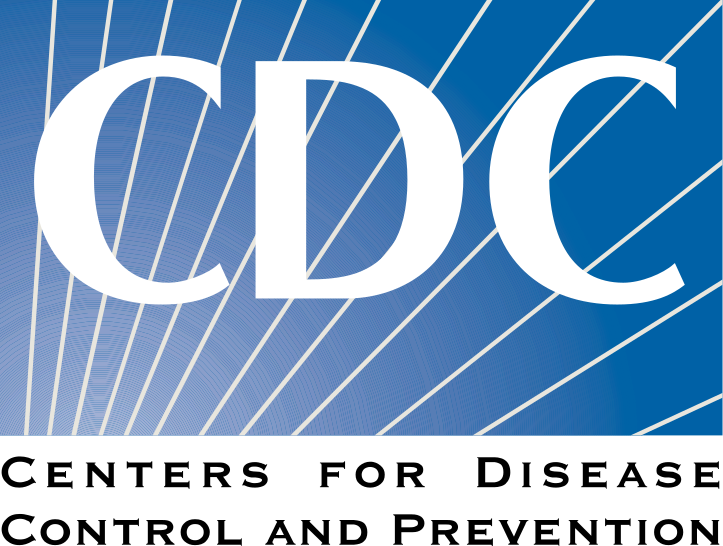
CDC Extreme Heat Toolkit
The Centers for Disease Control and Prevention offer actionable, multimedia information on extreme heat and preventing heat-related illness.
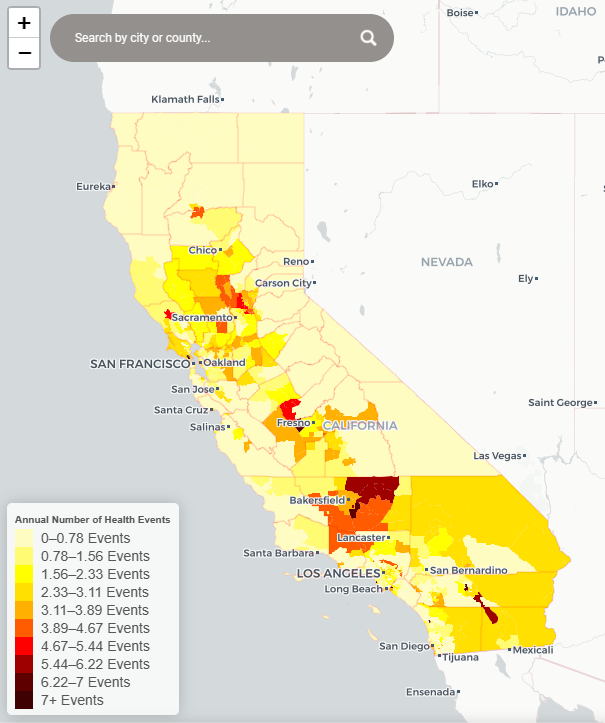
California Heat Assessment Tool (CHAT)
The California Heat Assessment Tool (CHAT) displays the annual number of health events, average event duration, average temperatures and relative humidity, social vulnerability, health and environmental factors, projected and historical Heat Health Event (HHE), allowing users to explore and understand how extreme heat will impact specific communities across the state.
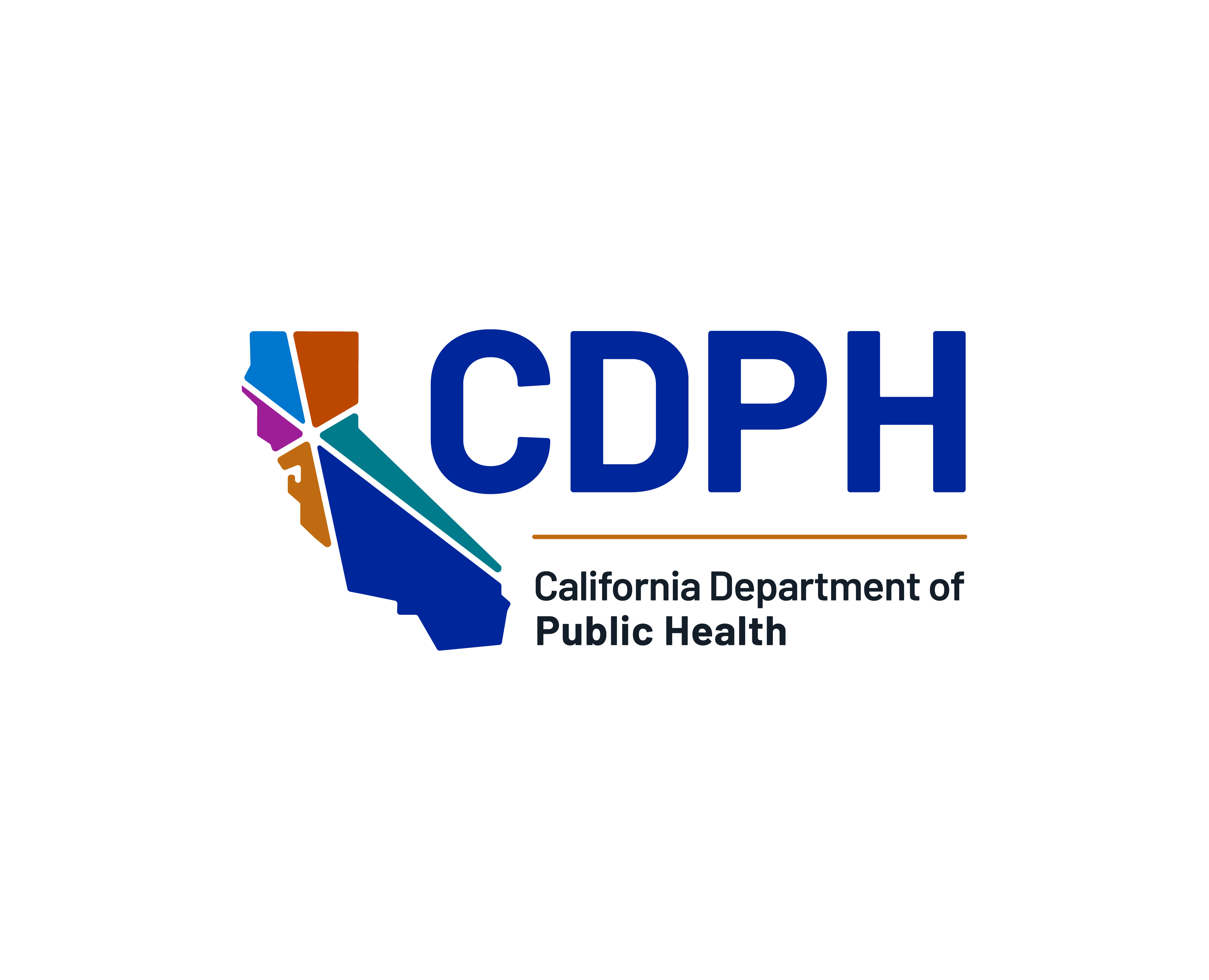
CDPH Guidance for Extreme Heat
The purpose of this resource is to provide local health jurisdictions (LHJs) and other community-based service providers recommendations and resources to protect communities from heat-related health impacts, with particular focus on supporting population groups most at risk.

NWS HeatRisk Prototype
The National Weather Service (NWS) HeatRisk prototype is a color-numeric-based index that provides a forecast of the potential level of risk for heat-related impacts to occur over a 24-hour period.
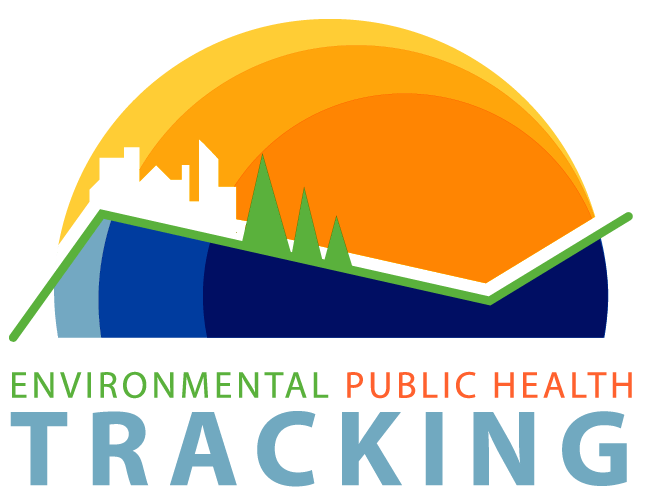
Heat & Health Tracker
The CDC Heat & Health Tracker provides local heat and health information so communities can better prepare for and respond to extreme heat events.
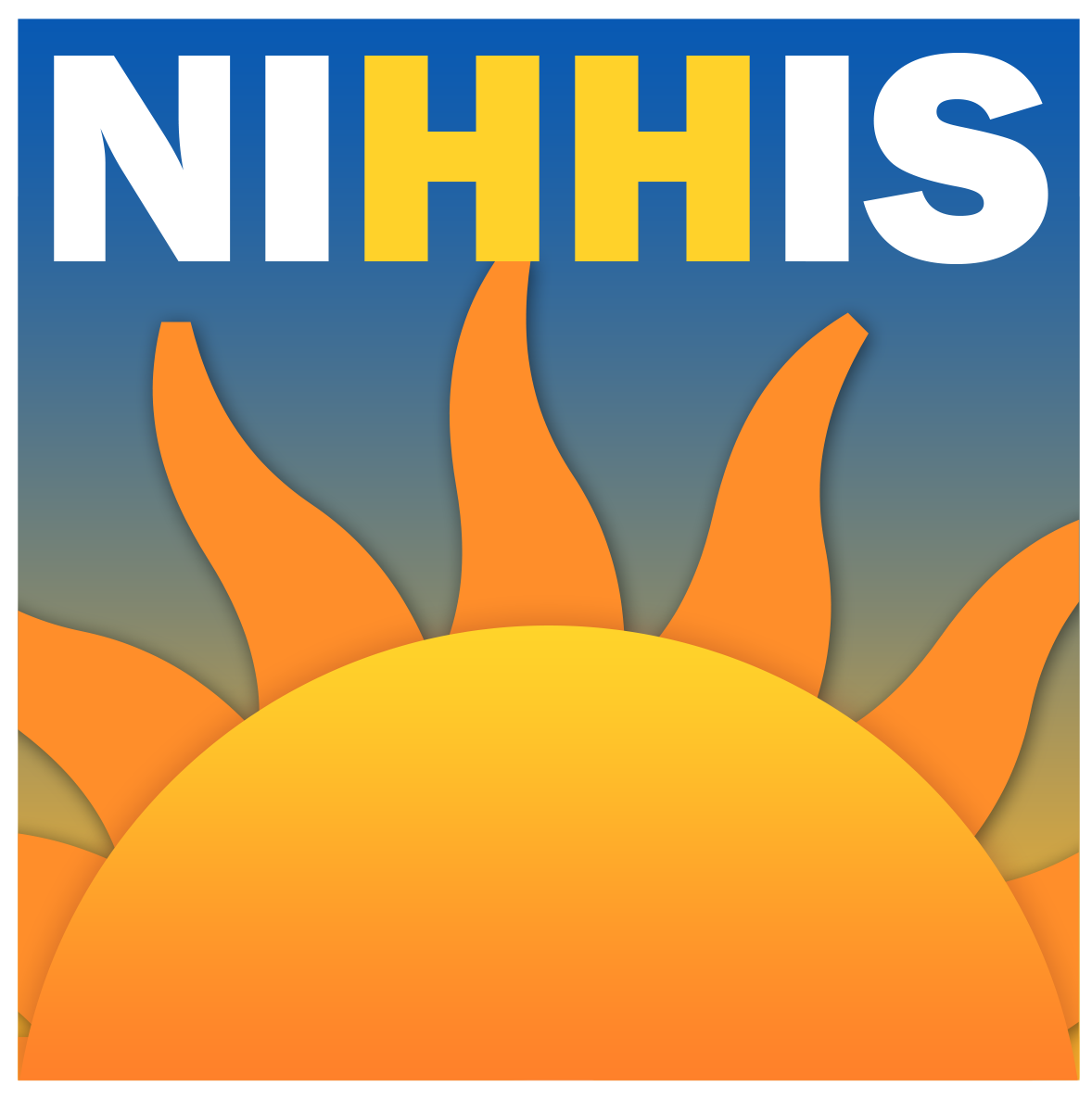
National Integrated Heat Health Information System
Heat.gov is the web portal for the National Integrated Heat Health Information System (NIHHIS) and serves as the source of heat and health information for the nation to reduce the health, economic, and infrastructural impacts of extreme heat.
